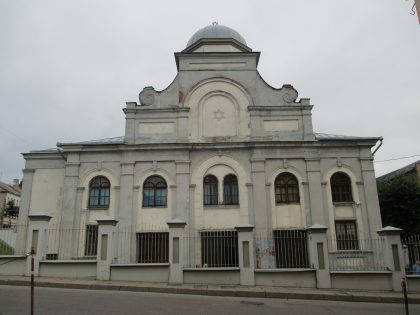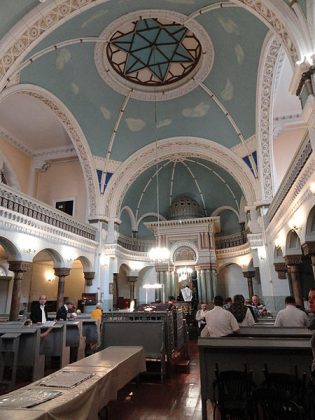The Jewish community of Lithuania numbers only some 6000. People It is no more than a shadow of what it once was: until the Shoah, it was a center of the Yiddish-speaking lands.

In a sense, everything began here from the fifteenth and sixteenth centuries when European Judaism’s center of gravity shifted from Germany and France to Poland and Belarus. As a reaction to the pietisitic practices of the Hasidism then in fashion among common Jews in the middle of the eighteenth century, the rigorous and elitist intellectual current of the Mitnaggedim emerged, personified by the Gaon of Vilna (1720-97).
Lithuania, which alternated repeatedly between periods of independence as a regional power, submission to Teutonic lords, and Polish domination, was finally divided between the historic center around the capital under Russian domination, and the region around Klaipèda (Memel), controlled by Prussia. Despite the politics of the forced Russianization in the middle of the nineteenth century, a national renaissance began with the revitalization of the national language, Europe’s oldest.

Submerged in a profoundly Catholic country, the Jewish communities nevertheless established a number of thriving yeshivoth.
This fashioned the cultural landscape of Orthodox Judaism, especially in communities such as those of Panevezys and Kaunas (also named Kovno).
Lithuania was not only a religious center, but also the cradle of Jewish secularism and the Yiddish language. The Socialist movement Bund was established in Vilnius in October 1897.
At the time of the 1924 census Jews numbered 155000, or 7,65% of the population, a number that would be larger if one included the thousands of Karaites. Subjected to anti-Semitism, Lithuanian Judaism was totally annihilated by the Shoah, with the help of many from the local population.